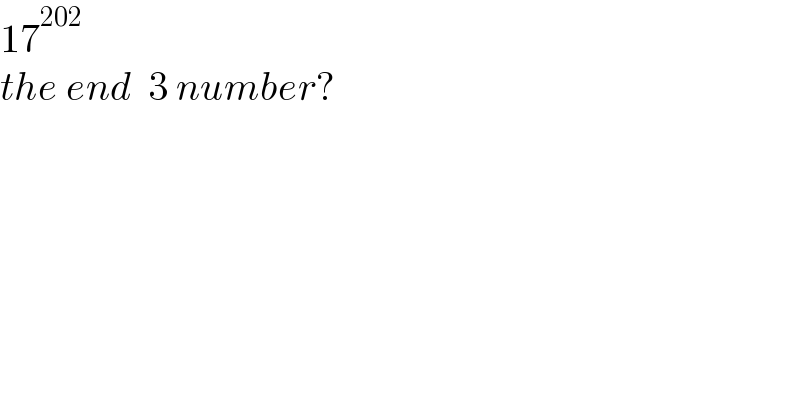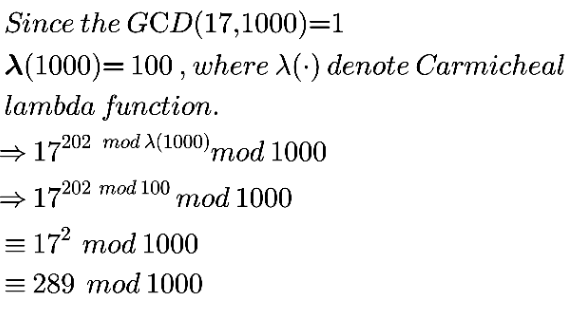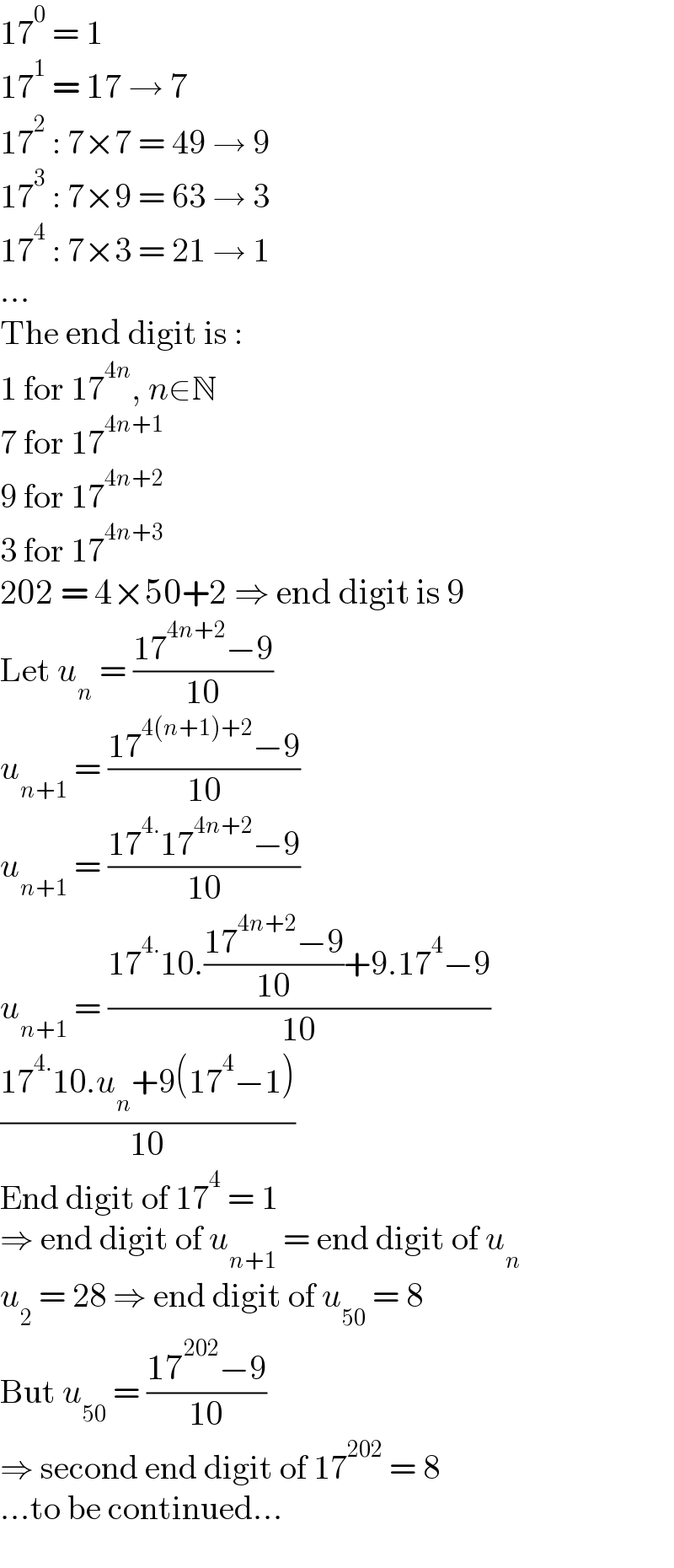
Question and Answers Forum
Question Number 126542 by MathSh last updated on 21/Dec/20

Commented by AlagaIbile last updated on 21/Dec/20

Answered by Olaf last updated on 21/Dec/20

Commented by MathSh last updated on 21/Dec/20

| ||
Question and Answers Forum | ||
Question Number 126542 by MathSh last updated on 21/Dec/20 | ||
 | ||
Commented by AlagaIbile last updated on 21/Dec/20 | ||
 | ||
Answered by Olaf last updated on 21/Dec/20 | ||
 | ||
| ||
Commented by MathSh last updated on 21/Dec/20 | ||
 | ||